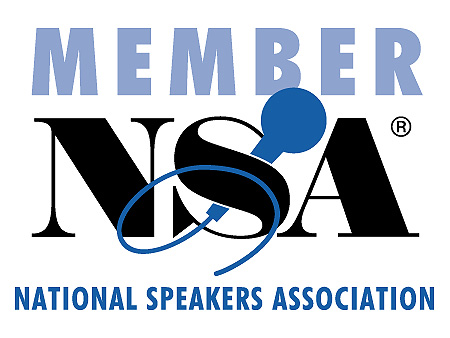 Send to Kindle
Send to KindleLeading with Standards and Expectations
“Jerry doesn’t do much work does he?”
“No he doesn’t. I hope that will change with the new management.”
“Yea, they’re probably going to fire him.”
Actually, they probably aren’t. At least not for a while. You see, Jerry has been flaunting the standards for a long time now with no consequences. If management terminates him at this point, they will be open for a possible lawsuit. Here’s what management will need to do.
First, make sure there are two very clear documents available for each employee. The first is the job description. I’m not talking about the normal vague nonsense written in unintelligible legalize. The job description needs to be specific. If the job description is written by a distant HR person feel free to add your own specific expectations.
The second document is the employee handbook. Again, this may be written in some unseen part of the company. Become familiar with it and if it’s vague, feel free to supplement it with your own expectations as well.
Make sure each employee has read and understands both documents. It’s a good idea to have them sign a statement to that effect.
Now that these documents are in place, management can get rid of Jerry, right?
Not so fast. Jerry, and probably other employees, has established a pattern of behavior and the previous management has accepted that behavior by not taking any action. So, the new management is going to have to start over. They will need to take a progressive series of actions to enforce the standards they’ve set for all employees. This will take a little time, but it’s worth it to improve the company.
The moral here is that a company’s leadership must set standards and enforce them consistently and fairly. That’s a basic tenant of leadership. Set good standards and expectations, make sure all employees understand them, and make sure they know you will enforce them fairly and equitably.



